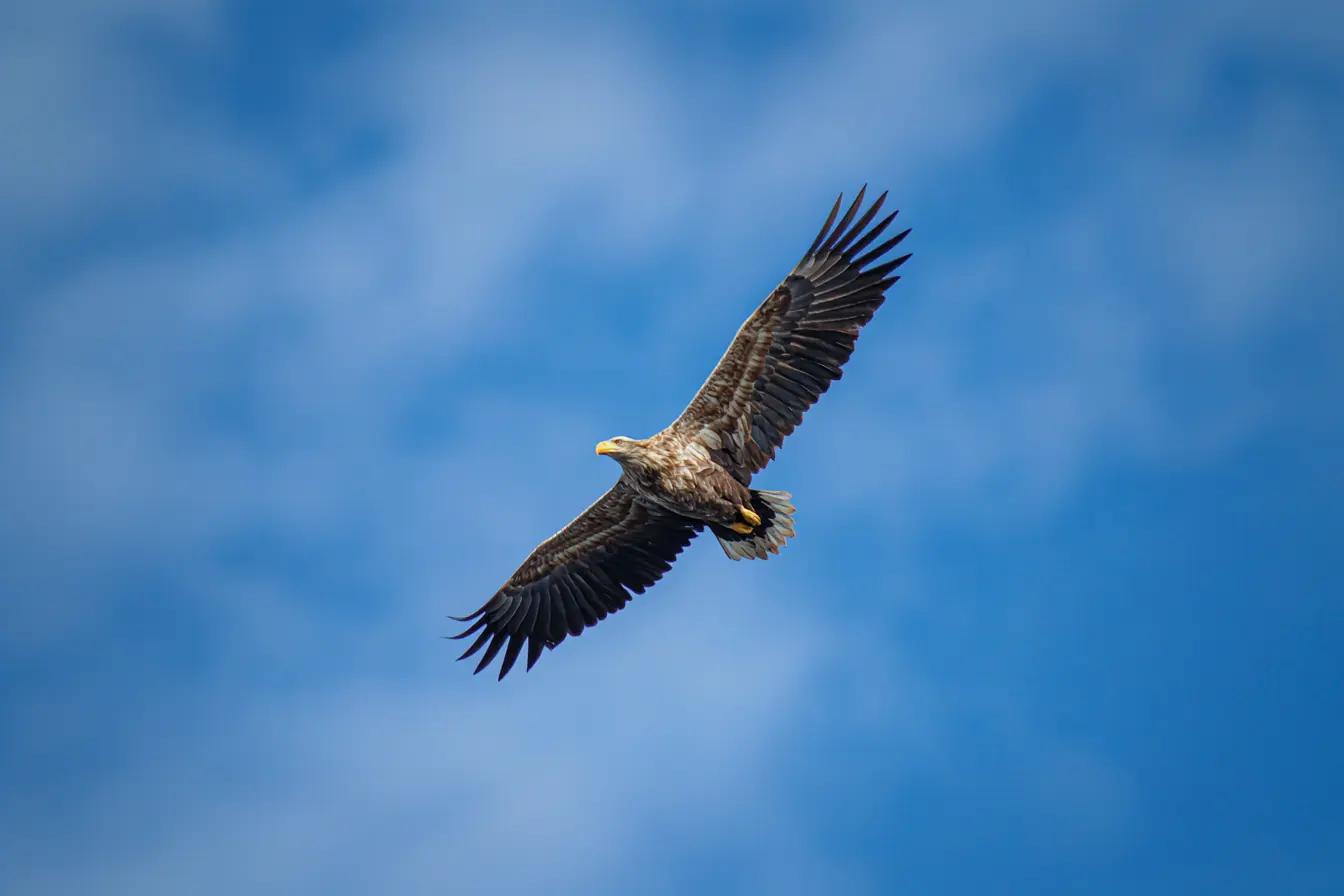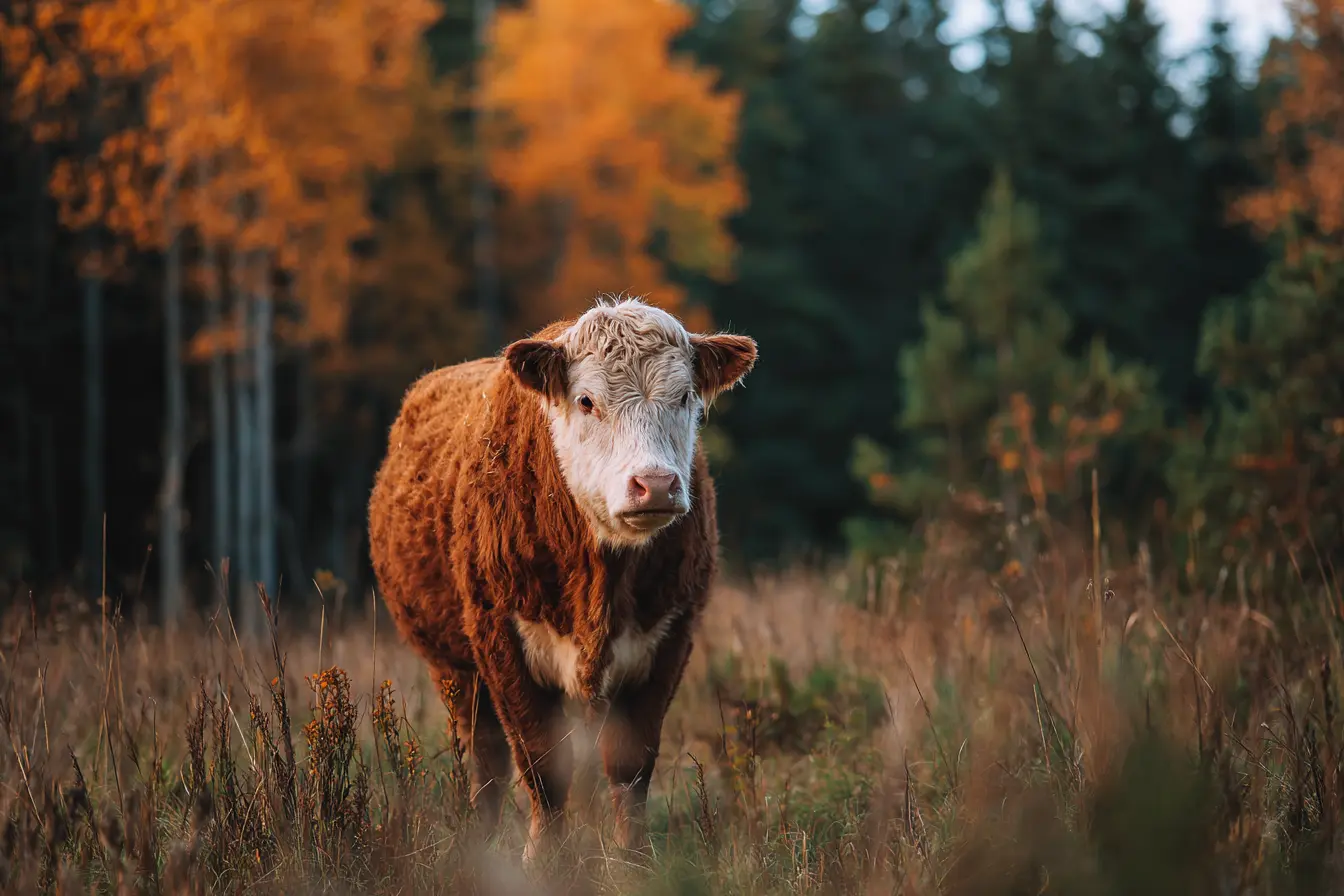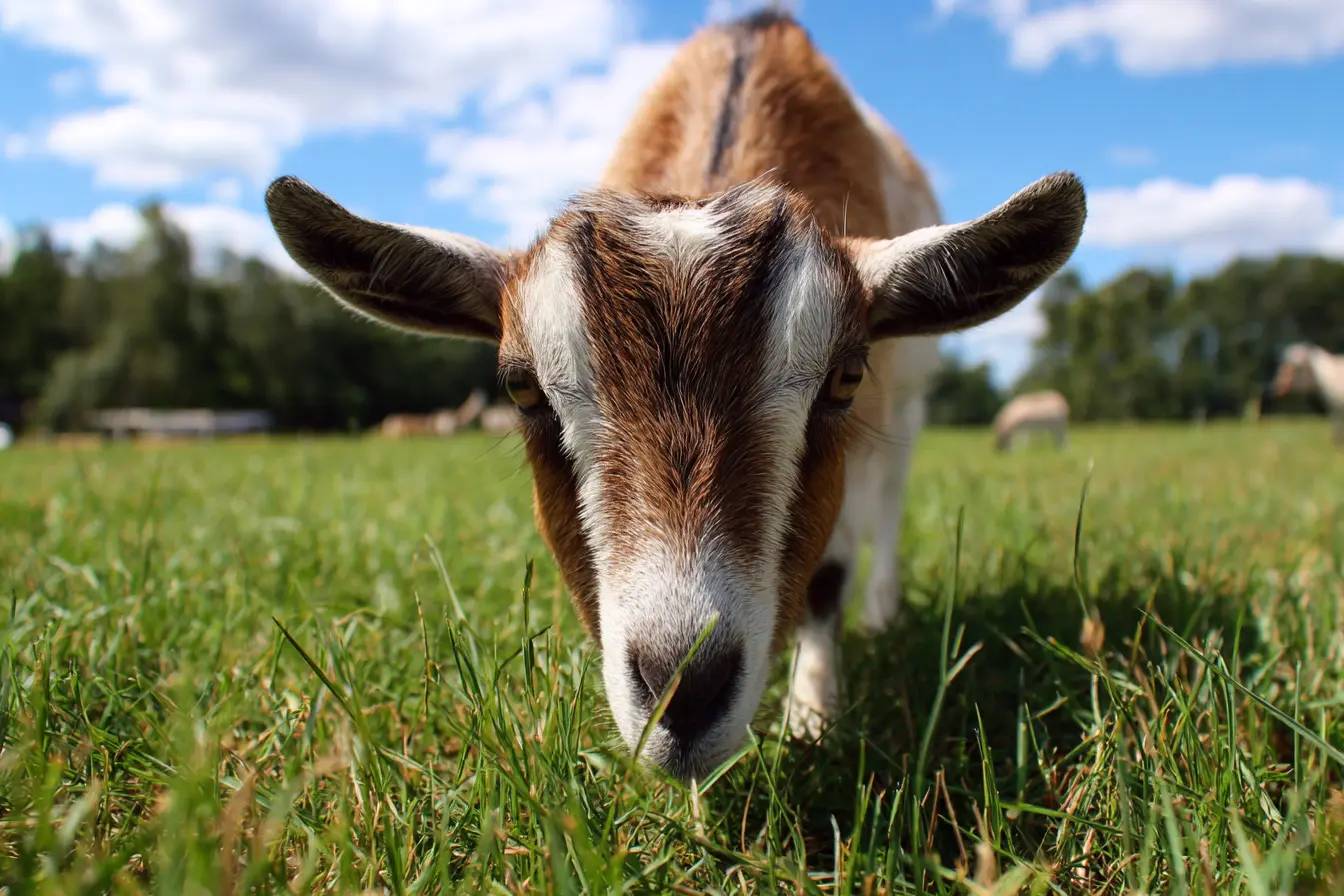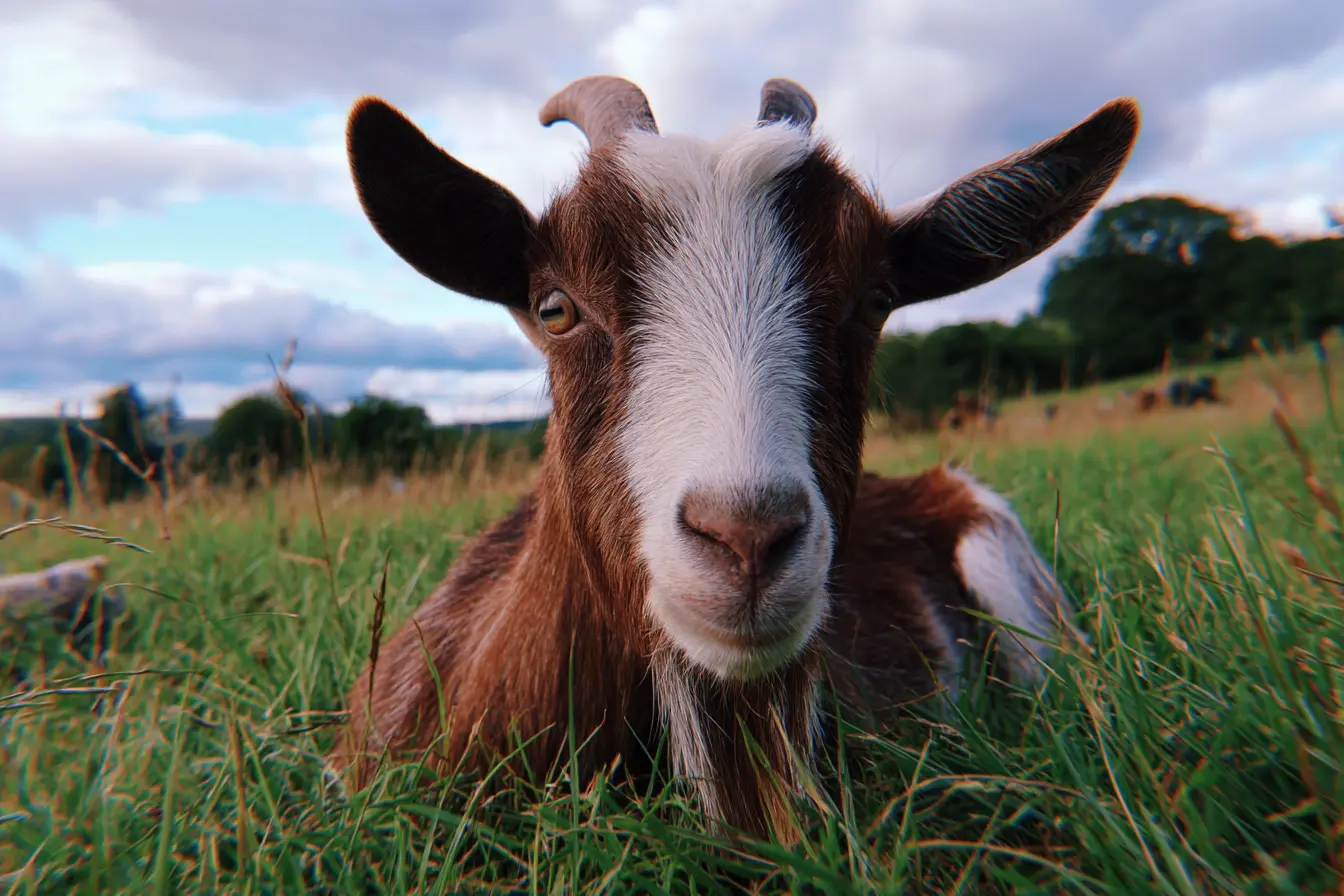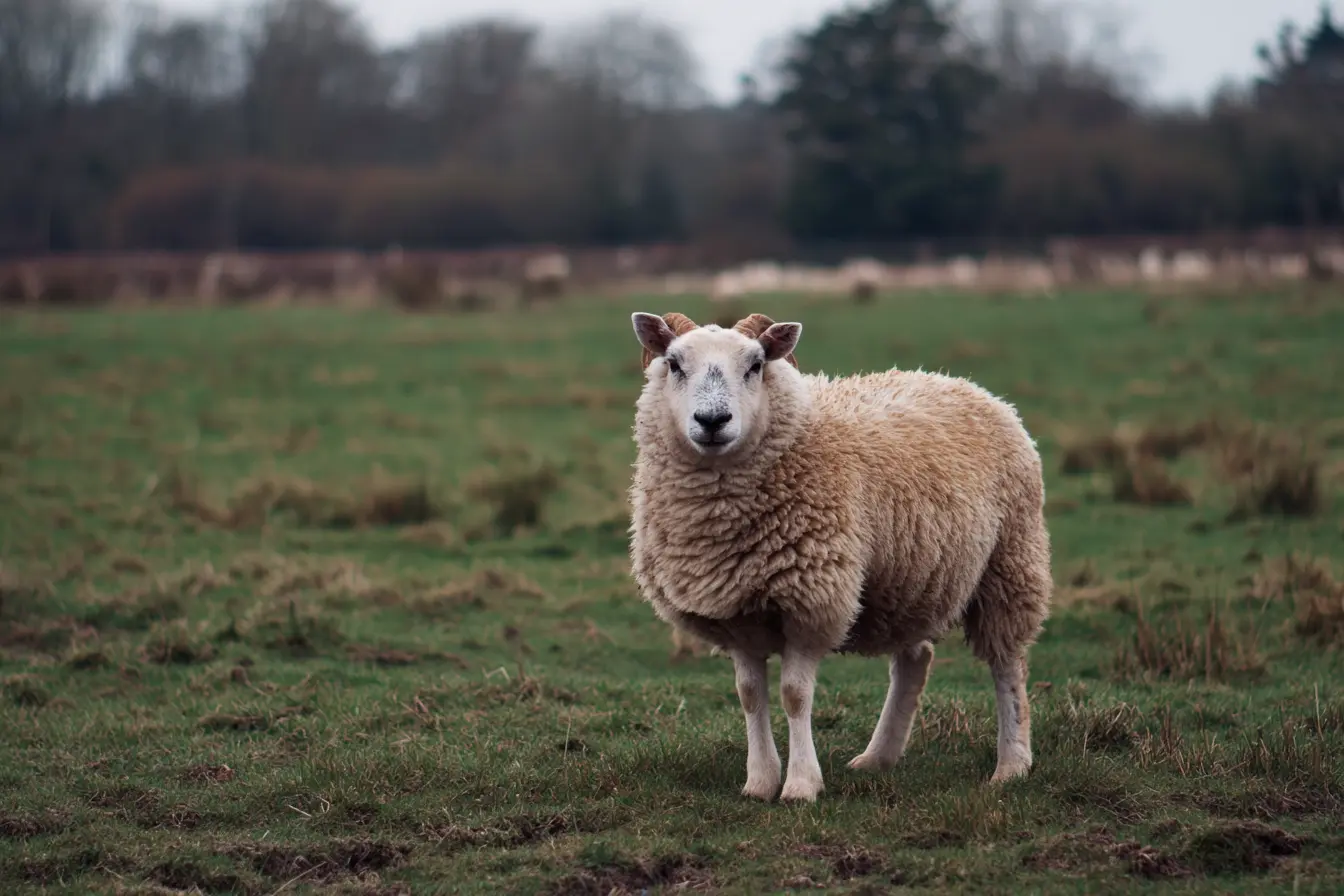
A Complete Guide to Horn Tipping in Sheep
Horn tipping is the practice of removing the sharp pointed ends of horns from sheep while leaving the main horn structure intact. It is a straightforward, low-stress procedure used to reduce the risk of injury to other animals, handlers, and equipment without resorting to full dehorning.
While horn tipping is less invasive than dehorning, it must be performed correctly, humanely, and legally to ensure the welfare of the sheep and to avoid complications. This guide explains everything you need to know about horn tipping in sheep including when and why to do it, legal considerations in the UK, how it is done, and what aftercare is needed.
What is Horn Tipping?
Horn tipping involves cutting off only the outer tip of a fully grown horn, usually about 1–2 cm.
- The outer horn is made of keratin (like hooves or fingernails), which is dead tissue.
- Underneath this is the horn core, which contains live tissue, blood vessels, and nerves.
- The aim is to blunt the horn to reduce the chance of injury, while avoiding cutting into the living horn core.
Horn tipping does not stop horns from growing, and should not be confused with disbudding, which is performed on lambs to prevent horn development altogether.
Why Horn Tipping is Performed
Horn tipping may be necessary in sheep for several reasons:
- Reducing injury risk: Prevents rams or horned ewes from injuring other sheep during fights or dominance behaviour.
- Improving safety for handlers: Sharp horns can cause accidental injury during handling, shearing, or transport.
- Preventing entrapment: Blunting horns reduces the risk of them getting caught in fences, gates, or feeders.
- Managing overgrown horns: In some breeds (especially primitive or rare breeds), horns may grow long and curl dangerously close to the face or skull.
It is often used as a welfare-friendly alternative to full dehorning, which is a much more invasive and painful procedure.
Legal Requirements in the UK
Horn tipping is covered under the Animal Welfare Act 2006 and the Mutilations (Permitted Procedures) (England) Regulations 2007, with similar laws in Scotland, Wales, and Northern Ireland.
Key points include:
- Horn tipping can be done by a trained and competent stockperson.
- It must only remove the non-living tip of the horn.
- If living horn tissue (the horn core) is cut, this becomes dehorning and must be done by a veterinary surgeon using anaesthetic.
- If bleeding occurs, this is a sign the horn core has been exposed.
- Pain relief is strongly recommended if there is any chance that live tissue could be reached.
Because sheep’s horns are generally hollow and connected to the sinuses as they mature, care is needed to avoid causing pain, bleeding, or infection.
When to Carry Out Horn Tipping
- Horn tipping is usually carried out on mature sheep when horns have fully developed and become a hazard.
- It is best done outside the fly season (not in warm summer months) to reduce the risk of flystrike.
- The procedure should be done when sheep are calm, healthy, and well restrained.
- Only a small portion (1–2 cm) should be removed to avoid exposing sensitive tissue.
If a horn is cracked, broken, or growing dangerously into the face or eye, veterinary attention is required and this may involve full dehorning.
The Horn Tipping Procedure
Horn tipping is a quick and simple procedure when performed correctly. The steps are:
-
Restraint
- The sheep is restrained securely, ideally in a handling race or head gate.
- Calm handling helps reduce stress.
-
Assessment
- The horn is examined to determine how much can safely be removed.
- The horn core is usually several centimetres from the tip, but this varies between breeds and individuals.
-
Cutting the tip
- Clean, sharp horn cutters, a saw, or embryotomy wire are used to remove the sharp tip of the horn.
- Only the dead, non-sensitive keratin portion should be removed.
- If bleeding occurs, it means live tissue has been exposed and veterinary care is advised.
-
Sealing and dressing (if needed)
- If minor bleeding occurs, a cautery iron can be used to seal blood vessels.
- Antiseptic or fly repellent may be applied to protect the site.
-
Recovery
- The sheep is released calmly and monitored closely for the next few days.
Aftercare
- Observe the sheep for signs of bleeding, swelling, or infection.
- Keep them in a clean, dry area for several days after the procedure.
- Avoid transporting or handling the animal roughly until fully recovered.
- If bleeding persists or signs of infection occur, contact a vet promptly.
Potential Complications
Horn tipping is generally safe, but possible complications include:
- Bleeding if the horn core is accidentally exposed.
- Infection of the horn or underlying sinus.
- Flystrike, especially if the wound becomes soiled in warm weather.
- Pain and stress if too much horn is removed.
Using correct technique and removing only a small amount greatly reduces these risks.
Welfare Considerations
- Horn tipping is far less painful and stressful than full dehorning when done correctly.
- It should be done only for genuine welfare or safety reasons, not for cosmetic purposes.
- Good handling, calm restraint, and clean equipment help minimise stress and prevent injury.
- If you are unsure how much horn to remove safely, seek advice from a vet or experienced stockperson.
Alternatives to Horn Tipping
- Disbudding lambs at 3–7 days old (done by a vet) prevents horn development entirely.
- Breeding polled sheep (naturally hornless) to reduce the need for horn management.
- Management adjustments: using safer fencing, housing, and stocking strategies to reduce horn injury risks.
Conclusion
Horn tipping in sheep is a simple, low-risk procedure that can greatly improve safety and welfare in flocks where horned animals are kept. It involves removing only the sharp horn tip to reduce the chance of injury, while avoiding the pain and complications associated with full dehorning.
When performed correctly by a competent person, using calm handling and good hygiene, horn tipping is a valuable tool in responsible flock management and can help maintain both animal welfare and farm safety.
Vets near you
Speciality vets
- Aquatics vet specialists
- Birds vet specialists
- Camelids vet specialists
- Cats vet specialists
- Cattle vet specialists
- Deer vet specialists
- Dogs vet specialists
- Equines vet specialists
- Exotic vet specialists
- Goats vet specialists
- Pigs vet specialists
- Poultry vet specialists
- Sheep vet specialists
- Small Mammals vet specialists
- Wild vet specialists
